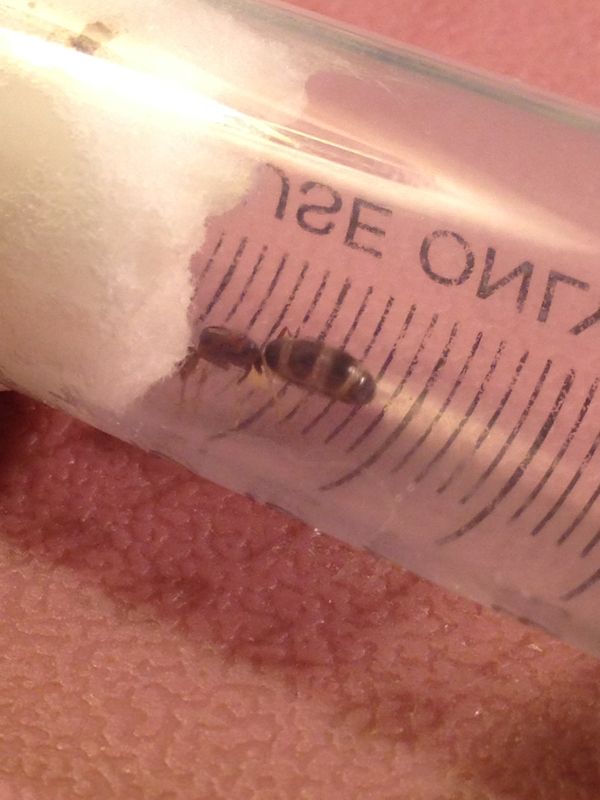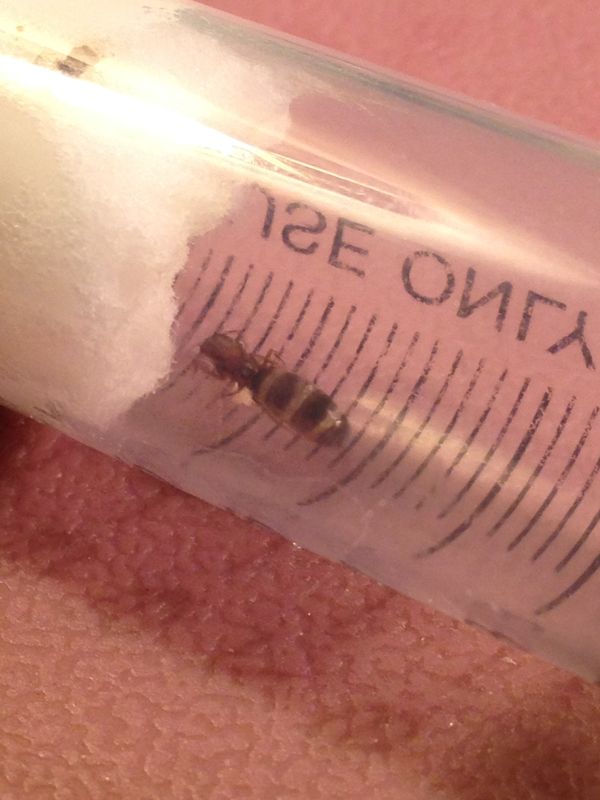Hello,
I just took a peek at my dorymyrmex queens after not checking on them for several days and they ones that were said to likely be Dorymyrmex bicolor seem to have gotten larger. Specifically their gasters seem to be longer and more plump. It seems the cuticle between the tergite segments is much more distended and stretched, Is this normal? is this just eggs developing within her gaster/abdomen?
You can also see a little pile of eggs she's minding. So that's a good sign I take it.
you can really see how stretched it is in this pic
as close as I could get
I'm sure this is all normal and I'm just being annoyingly cautious, but I'd like to hear your guy's thoughts anyhow.
Kind regards,
Jess





















